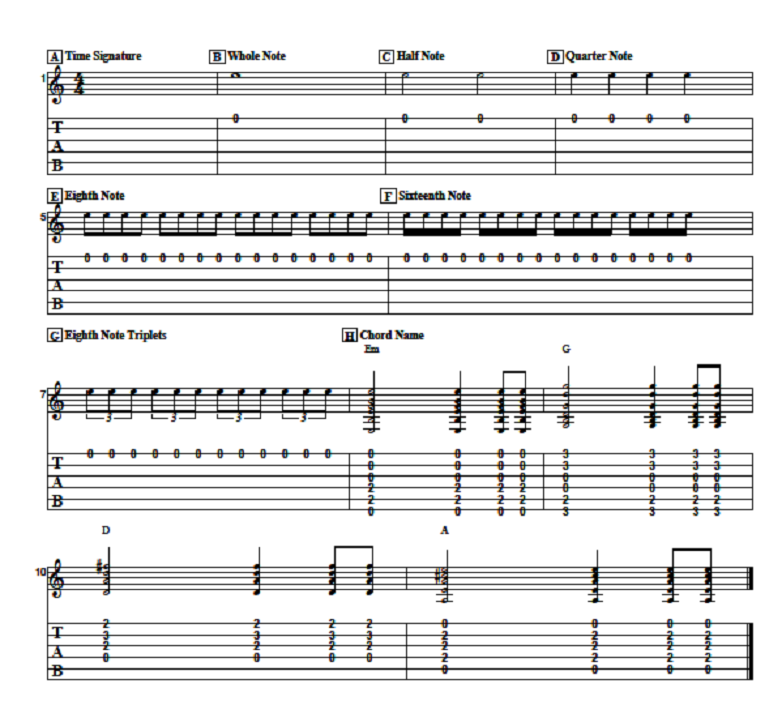Welcome back! In this article I wanna show you a great way to come up with guitar jazz licks.
Most guitar players learn different scales and use them when they are soloing and it sure works,
but it’s not the only way to approach improvisation. Today I wanna show you a method I use for
creating jazz lines, that blew my mind when I first learned it; I personally didn’t know this could
be done and when I figured out how to do it, I just couldn’t believe I didn’t learn it earlier. This
method I’m talking about is called “Implied Arpeggios”.
When you play implied arpeggios, it sounds so fancy. It sounds like a legit jazz line and yet it is
not that difficult to achieve. So what is this anyway? Well, the basic idea is to arpeggios that do
not belong to the chord of the moment; but not random arpeggios. You take the chord of the
moment and create a Cadence or a progression around it and arpeggiate that progression. For
example, let’s take a look at the following arpeggios happening over an Am chord:

E7 is the V7 ( dominant ) of Am. Bb7 is the substitute dominant of Am. So I’m basically playing a
cadence that would usually end on A. Let’s take a look at another example, but this time in Dm:

The Em7b5 going to an A7 and to a Dm is a very common cadence and it can totally be used as
Implied Arpeggios. Some tips to master this technique:
● Treat these implied arpeggios as passing arpeggios. Use them for a little while in
between scale notes.
● If you alternate the order of the arpeggio notes, it sounds better. Big leaps make it sound
more fusion.
● Cadences usually work better, but you can totally try alternating the order of the chords.
● Start with something simple like the V7 of a chord and nothing else.
● Always finish on a scale note (as opposed to an implied arpeggio note), otherwise it
sounds weird.
That’s all for today! I hope you enjoyed this lesson and please remember to check out our entire collection of guitar licks at:
